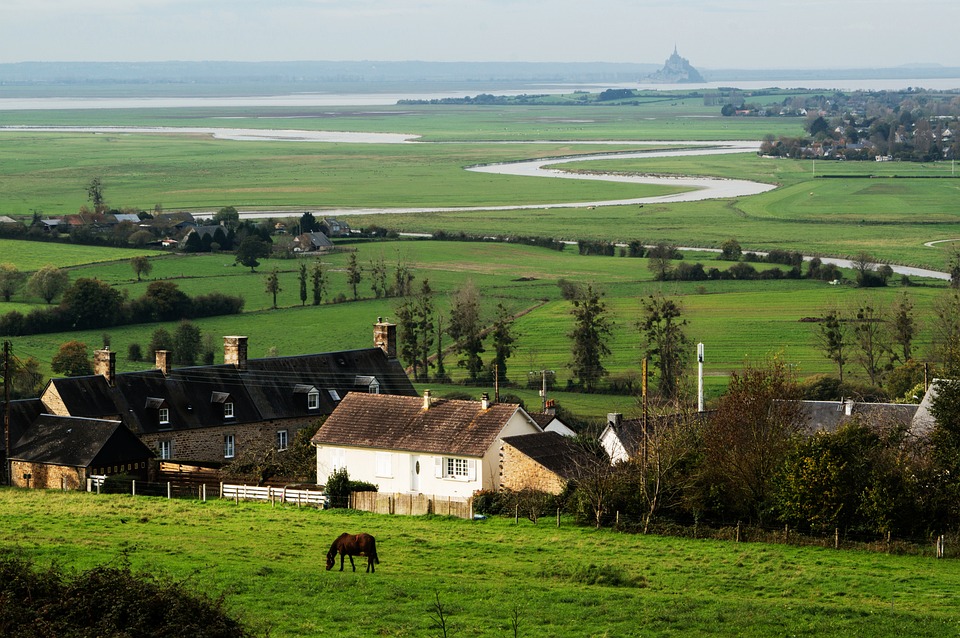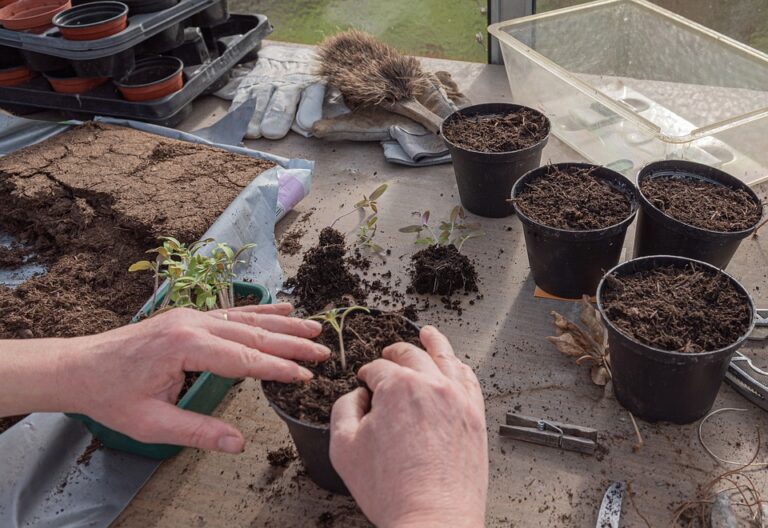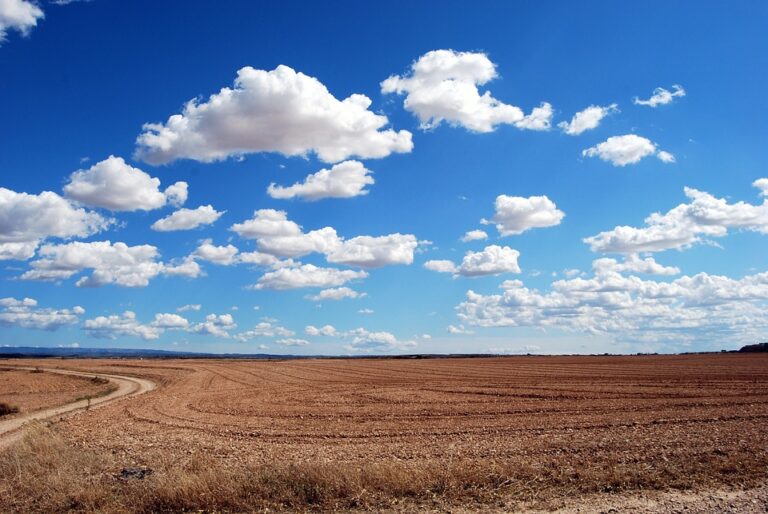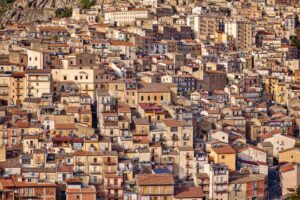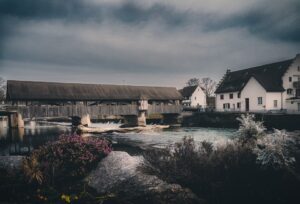The History of Rekshino Village
Rekshino Village, located in the heart of the countryside, is a small, picturesque village with a rich history that dates back centuries. The village was originally founded by a group of settlers who were drawn to the area for its fertile land and abundant natural resources. Over the years, Rekshino Village grew into a thriving community, with its residents living off the land and engaging in various trades such as farming, fishing, and crafts.
The Early Years
In the early days of Rekshino Village, life revolved around the cycles of nature. Farmers tended to their crops, fishermen took to the seas in search of fresh catch, and craftsmen fashioned tools and household items from the materials found in the surrounding forests. The villagers lived in simple, thatched-roof houses made of local materials, and their daily lives were filled with hard work and simple pleasures.
As the village grew and prospered, it began to attract more settlers from nearby regions. New families arrived, bringing with them their own customs and traditions, which added to the rich tapestry of village life. The village expanded, with new houses springing up to accommodate the growing population, and communal spaces such as markets, temples, and meeting halls were established to serve the needs of the community.
The Modern Era
In recent years, Rekshino Village has undergone a transformation as modern amenities and technology have made their way into the community. Electricity has been introduced, bringing light and power to the village, and paved roads now connect Rekshino to the outside world. The villagers have access to modern conveniences such as refrigeration, televisions, and internet connectivity, which have changed the way they live and work.
The economy of Rekshino Village has also evolved, with traditional farming and fishing practices being supplemented by new industries such as tourism and small-scale manufacturing. The village has become a popular destination for visitors seeking a taste of rural life, and guest houses and restaurants have sprung up to cater to these tourists. Local artisans now produce a range of handicrafts and souvenirs for sale to visitors, and the village has developed a reputation for its unique cultural heritage.
The Challenges of Development
While the evolution of Rekshino Village has brought many benefits to its residents, it has also presented challenges. The influx of tourists has put pressure on the village’s infrastructure and resources, leading to concerns about sustainability and environmental impact. The rapid pace of development has also raised questions about the preservation of the village’s traditional way of life, as modern influences threaten to erode the customs and practices that have been passed down through generations.
In response to these challenges, the villagers of Rekshino have come together to form community organizations and initiatives aimed at promoting sustainable development and preserving their cultural heritage. They have implemented programs to protect the local environment, such as reforestation projects and waste management schemes, and have worked to promote traditional crafts and practices through cultural events and workshops.
The Future of Rekshino Village
As Rekshino Village looks to the future, there is both excitement and uncertainty about what lies ahead. The village is at a crossroads, balancing the desire for progress and modernization with the need to preserve its unique identity and way of life. The challenges of development are ever-present, but the villagers are determined to meet them head-on and ensure that Rekshino remains a vibrant and sustainable community for generations to come.
Community Initiatives
One of the key factors in shaping the future of Rekshino Village is the collective action of its residents. Community initiatives such as sustainable farming practices, eco-tourism programs, and cultural preservation efforts are helping to guide the village towards a more sustainable and resilient future. By working together and pooling their resources, the villagers of Rekshino are able to tackle common challenges and create a shared vision for the future of their community.
Preserving Tradition
At the heart of Rekshino Village’s identity is its rich cultural heritage, which the villagers are committed to preserving for future generations. Traditional customs and practices are passed down from parents to children, and festivals and ceremonies are held throughout the year to celebrate the village’s unique history and traditions. By embracing their heritage and promoting it to outsiders, the villagers of Rekshino are ensuring that their way of life will endure for years to come.
In conclusion, the evolution of Rekshino Village from its humble beginnings to the present day is a testament to the resilience and creativity of its residents. As the village continues to grow and change, it faces both challenges and opportunities, but with a strong sense of community and a commitment to sustainability, Rekshino is well-equipped to navigate the complexities of modern development while keeping its traditions alive. The future of Rekshino Village is bright, and its residents are poised to shape a future that is both prosperous and true to their unique heritage.
